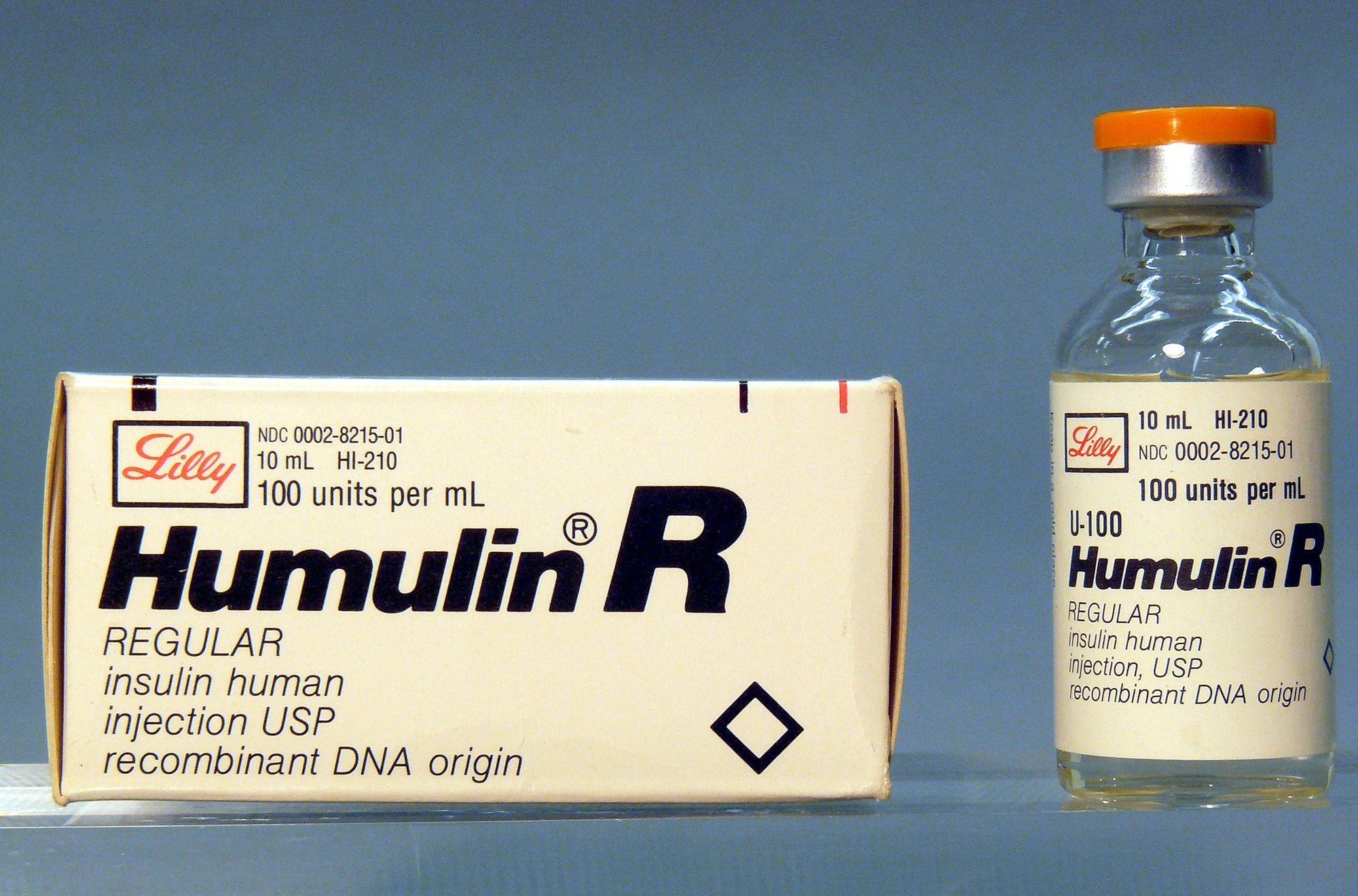
In honor of the 100th anniversary of the first administration of insulin, Breakthrough T1D launched “100 Years, 100 Breakthrough T1D Scientists,” to tell the story of scientists and their discoveries, putting together the vast knowledge that we have about diabetes today.
The next one: Genetically engineered human insulin.
Before the advent of human insulin, insulins were derived from animals, and safe dosing was wildly inconsistent. But in 1976, research teams set out to synthesize the human insulin gene and make human insulin, and Breakthrough T1D researchers had multiple hands in the biosynthesis of it.
It all began when Eli Lilly called a meeting on May 24-25, 1976. Presenting first was William L. Chick, M.D., a junior faculty member at Joslin Diabetes Center, who had recently developed a rat with a rare tumor in beta cells—called insulinoma—which could generate huge amounts of insulin [1]. He had a Breakthrough T1D grant beginning in 1976.
Several of the teams at the Lilly meeting were planning on isolating the human gene for insulin and cloning it, and Chick’s insulinoma model provided the raw material. From the insulin gene to the cloning of it; this is where it all began.
The City of Hope-Genentech team prevailed in the summer of 1978 [2]—for which we gave the David Rumbough Award in 1979 to Arthur Riggs, Ph.D., David Goeddel, Ph.D., Keiichi Itakura, Ph.D., Roberto Crea, Ph.D., and Dennis Kleid, Ph.D.—however, there were two more groups involved:
- William J. Rutter, Ph.D., and Raymond Pictet, M.D., co-investigators funded by a Breakthrough T1D grant starting in 1976, were also at the Eli Lilly meeting, along with Howard M. Goodman, Ph.D. They and others comprised the Rutter-Goodman team, out of the University of California San Francisco (UCSF).
- Harvard researchers made up the group led by Walter Gilbert, Ph.D., and had Peter Lomedico, Ph.D., who was also at the meeting, who would go on to receive a Breakthrough T1D postdoctoral fellowship from 1977-1978, and Argiris Efstratiadis, Ph.D., who would go on to receive a Breakthrough T1D Career Development Award from 1980-1983.
In October 1982, the FDA approved the first genetically engineered drug, Humulin®, and would go on to approve many more insulins—short- and rapid-acting, long-acting, and a nasal version of it.
There are now genetically engineered therapies not just for diabetes, but for cancer, hepatitis B, stroke, and others. Research is how genetic engineering made the first human insulin product, and Breakthrough T1D research is advancing us toward cures and the next generation of life-changing breakthroughs for type 1 diabetes.
Follow up each week to find out who we selected and their major discoveries, in honor of the 100th anniversary of the first administration of insulin.
*I thank—very much so—the book by Stephen S. Hall, Invisible Frontiers: The Race to Synthesize a Human Gene (1987), who captured the turns and tribulations of the race to clone the human insulin gene and, with it, the birth of biotechnology.
[1] Chick WL, Warren S, Chute RN, Like AA, Lauris V, Kitchen KC. A transplantable insulinoma in the rat. Proc Natl Acad Sci U S A. 1977 Feb; 74 (2): 628-32. doi: 10.1073/pnas.74.2.628.
[2] Goeddel DV, Kleid DG, Bolivar F, Heyneker HL, Yansura DG, Crea R, Hirose T, Kraszewski A, Itakura K, Riggs AD. Expression in Escherichia coli of chemically synthesized genes for human insulin. Proc Natl Acad Sci U S A. 1979 Jan; 76 (1): 106-10. doi: 10.1073/pnas.76.1.106.